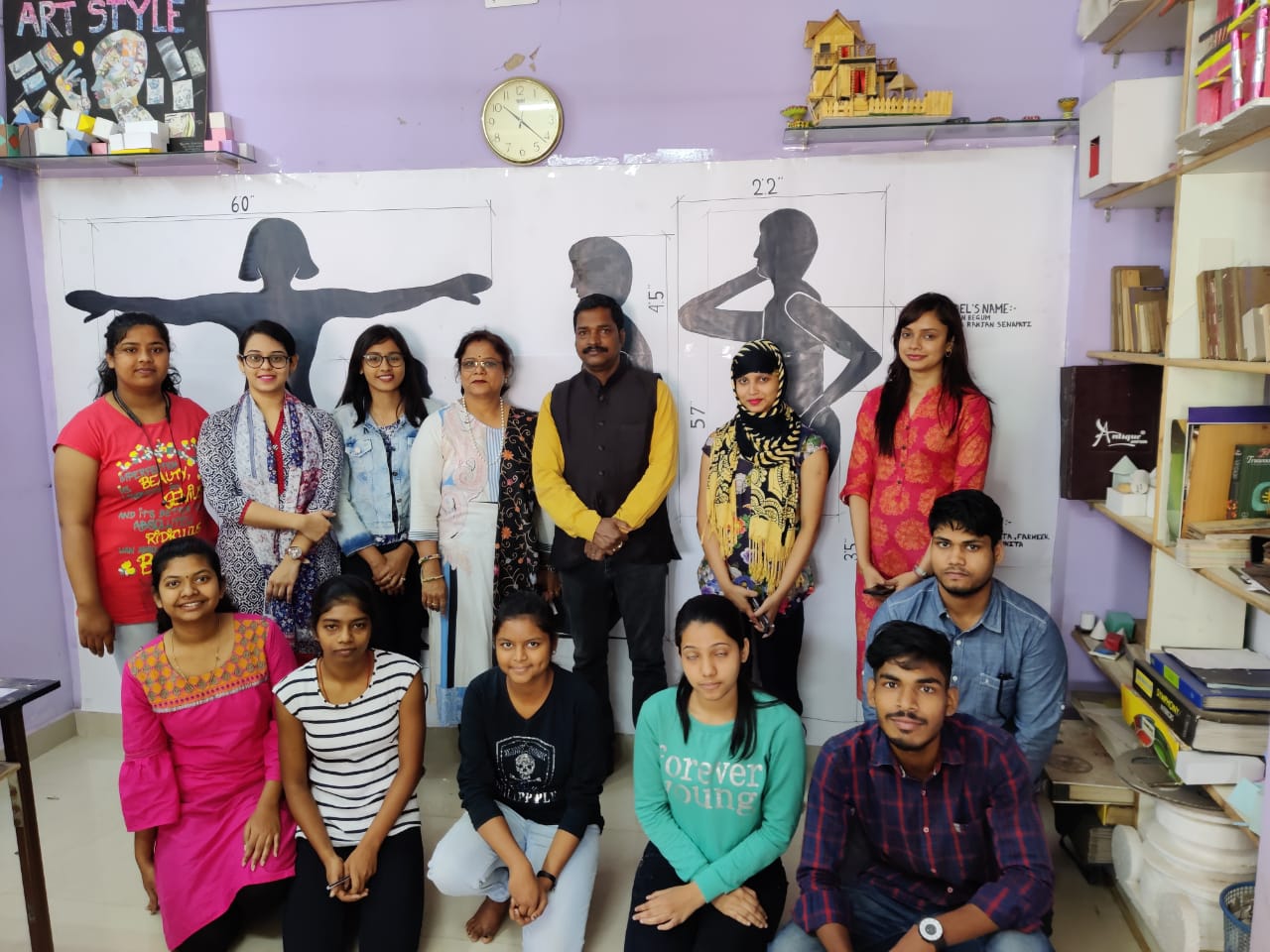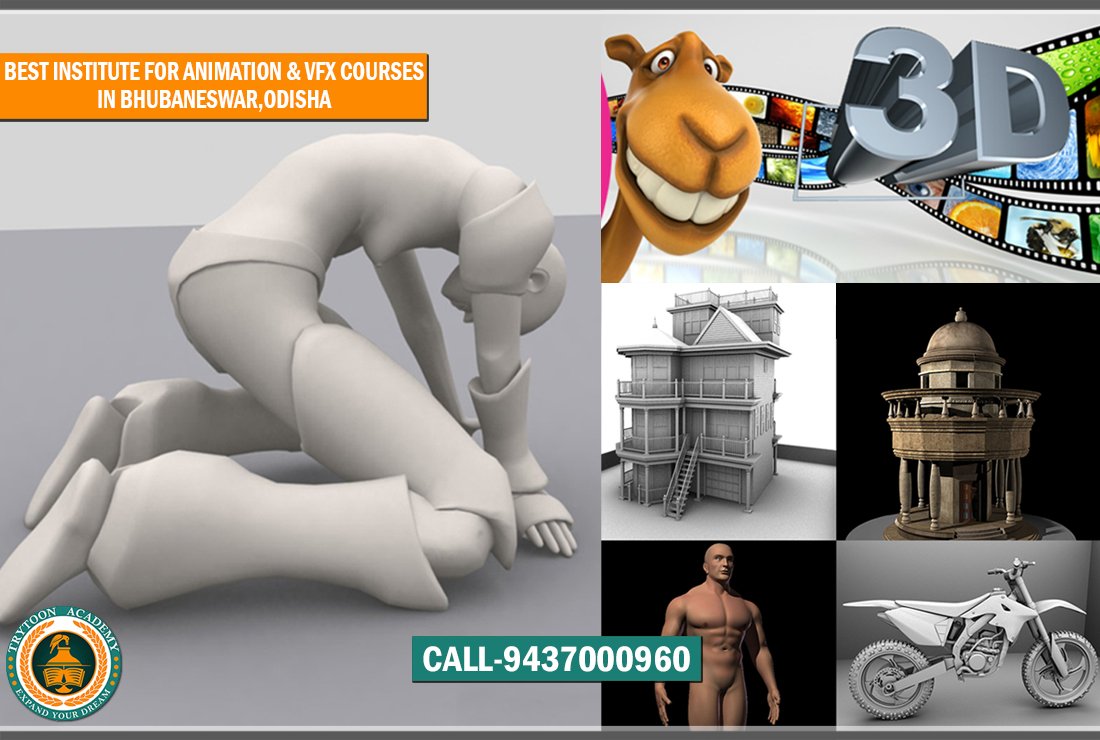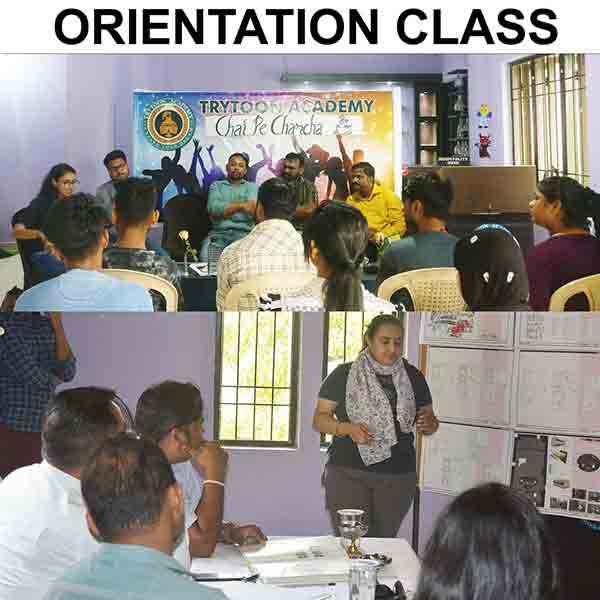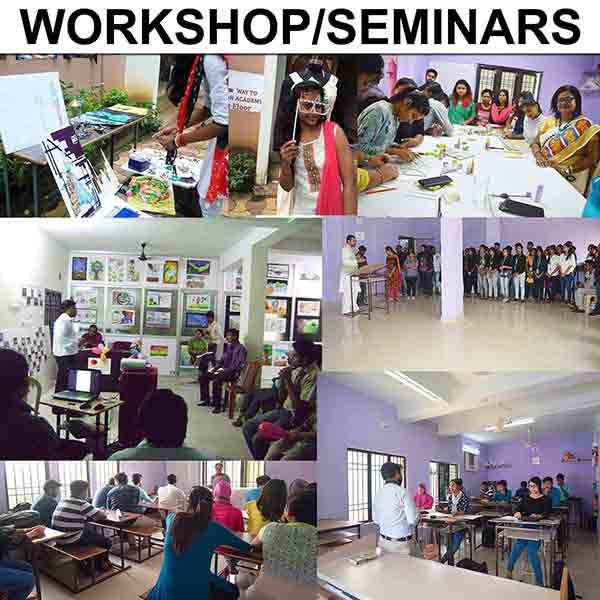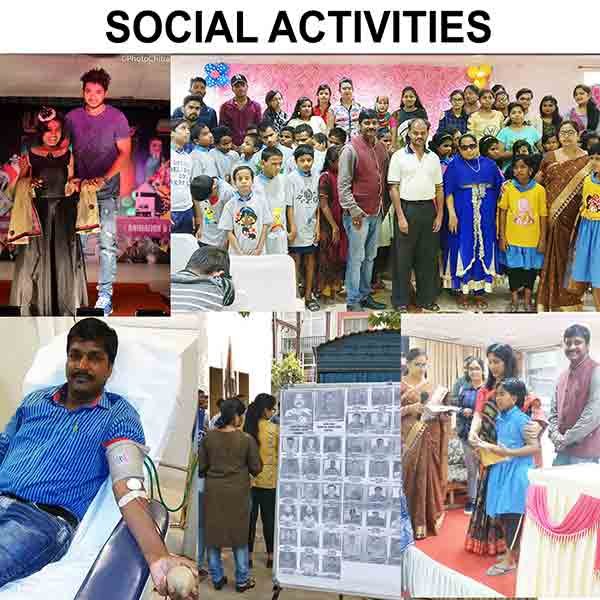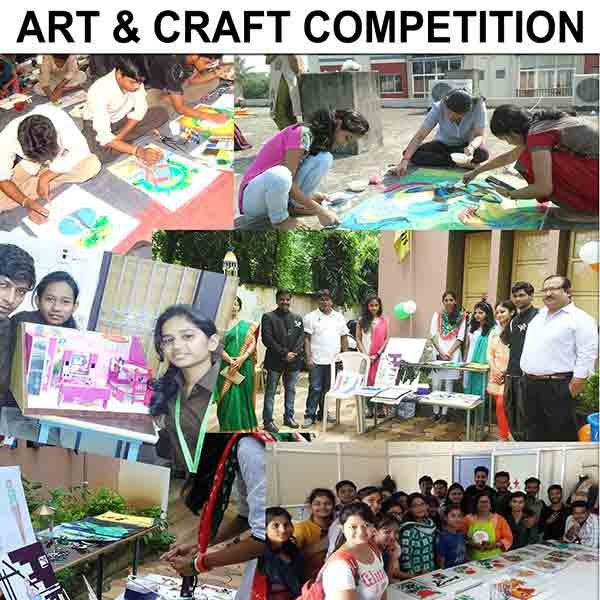Anthropometric workshop studied practical knowledge about anthropometric measurements of our Interior design students at Trytoon Academy,Bhubaneswar,Odisha. Students have learned How can you design furniture anthropometric which can be used by multiple users?. This workshop provide basic knowledge about Anthropometric measurements whenever be considered for designing, it helps to students in achieving comfortability level ,so anthropometry can be defined as the study which deal with body dimensions i.e. body size, shape,strength and working capacity for design purposes and body composition. Literature survey shows that many researchers conducted various researches regarding designing various furnitures.

Anthropometrics workshop involve research that includes measurements of the human body while ergonomics involves using anthropometric data when designing products to improve user experience. Interior design stdents have draw actual size of body to find more practical.The primary difference between anthropometrics and ergonomics is their focus and use.Anthropometric data helps designers to design their product.
Anthropometrics is the study of the human body and its movements, especially in terms of its measurements, but ergonomics is the scientific discipline that involves designing products and environments to match the individuals who use them.While anthropometrics involves the systematic measurement of the physical properties of the human body (height, weight, shape, arm length, etc.), ergonomic involves incorporating anthropometric data in designing products and environments.For instance, anthropometrics may involve measuring the circumference of heads of a target population and obtaining an average value whereas ergonomics may use this average head circumference value to design safety helmets.
Anthropometric Workshop Conducted by the Interior Design Department
At Trytoon Academy, affiliated with Utkal University of Culture and recognised by the Government of Odisha provide Interior Design Course for Bachelor Degree, Master Degree, Diploma and Short term Courses, we believe in blending creativity with technical precision. Since 2009, our Interior Design Department has been committed to nurturing industry-ready designers through practical learning. One of our recent initiatives was an Anthropometric Workshop, aimed at giving students a deeper understanding of human measurements and their importance in creating functional, user-friendly spaces.
What is Anthropometry in Interior Design?
Anthropometry is the scientific study of human body measurements and proportions. In interior design, it plays a critical role in ensuring that furniture, spaces, and layouts are not only aesthetically pleasing but also comfortable and ergonomically sound. By understanding human dimensions, designers can create interiors that meet diverse user needs and enhance overall usability.
Objective of the Workshop
The primary goal of the workshop was to familiarise students with ergonomic principles and the practical application of anthropometric data in interior design projects. Students learned how to integrate accurate measurements into their designs to ensure optimal comfort, efficiency, and safety.
Workshop Highlights
-
Introduction to Anthropometric Data
-
Understanding standard human body dimensions.
-
Learning the differences between average, minimum, and maximum measurements.
-
-
Hands-on Measurement Activities
-
Students measured each other’s height, arm reach, eye level, and seating height.
-
Data collection for various age groups and body types.
-
-
Application in Interior Design
-
Translating measurements into functional design layouts.
-
Examples of designing furniture, workstations, kitchen layouts, and public spaces based on anthropometric principles.
-
-
Ergonomics in Practice
-
Understanding posture, movement, and comfort factors.
-
Avoiding design errors that can cause discomfort or health issues.
-
Learning Outcomes
By the end of the workshop, students were able to:
-
Understand the role of anthropometric data in design decision-making.
-
Apply correct measurements for furniture and interior layouts.
-
Identify ergonomic needs for different user categories (children, adults, elderly, differently-abled).
-
Create designs that combine both visual appeal and functional efficiency.
Benefits for Students
-
Practical Exposure: Beyond classroom theory, students engaged in real measurement exercises.
-
Industry Relevance: Acquired skills essential for professional design work.
-
Creative Confidence: Gained the ability to design with precision and comfort in mind.
-
Portfolio Development: Applied workshop learning to live and academic projects.
Why Anthropometry Matters in Interior Design
Designing without accurate human data can lead to discomfort, inefficient space use, and poor user experience. This workshop reinforced that good design is not just about how a space looks, but also about how it works for people. At Trytoon Academy, we encourage our students to combine artistic creativity with scientific accuracy, making them well-equipped for professional success.
About Trytoon Academy
Established in 2009, Trytoon Academy offers Master’s, Bachelor’s, Diploma, and Certificate courses in Fashion Design, Interior Design, Animation, Hotel Management, and Photography. As an affiliated institution of Utkal University of Culture and recognised by the Government of Odisha, we are known for our innovative teaching methods, industry partnerships, and skill-based learning.
Our Interior Design Department regularly organises workshops, industrial visits, and live projects to prepare students for real-world challenges. The Anthropometric Workshop is one such initiative that bridges the gap between academic learning and professional application.

